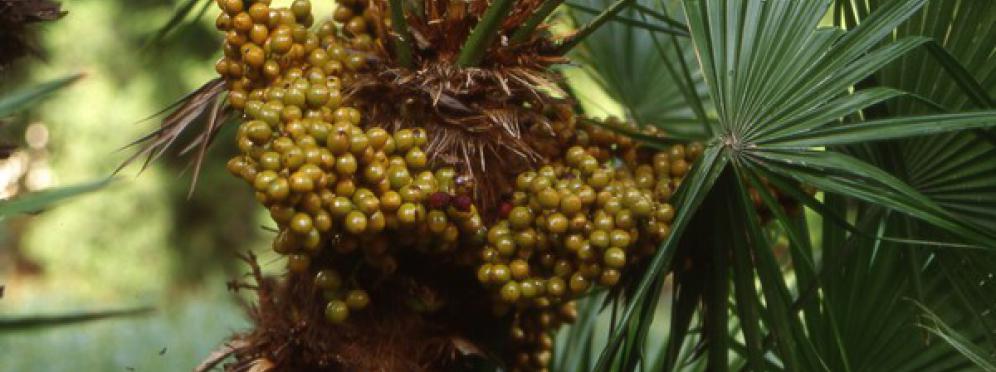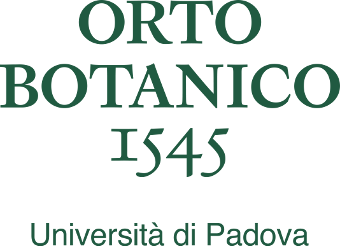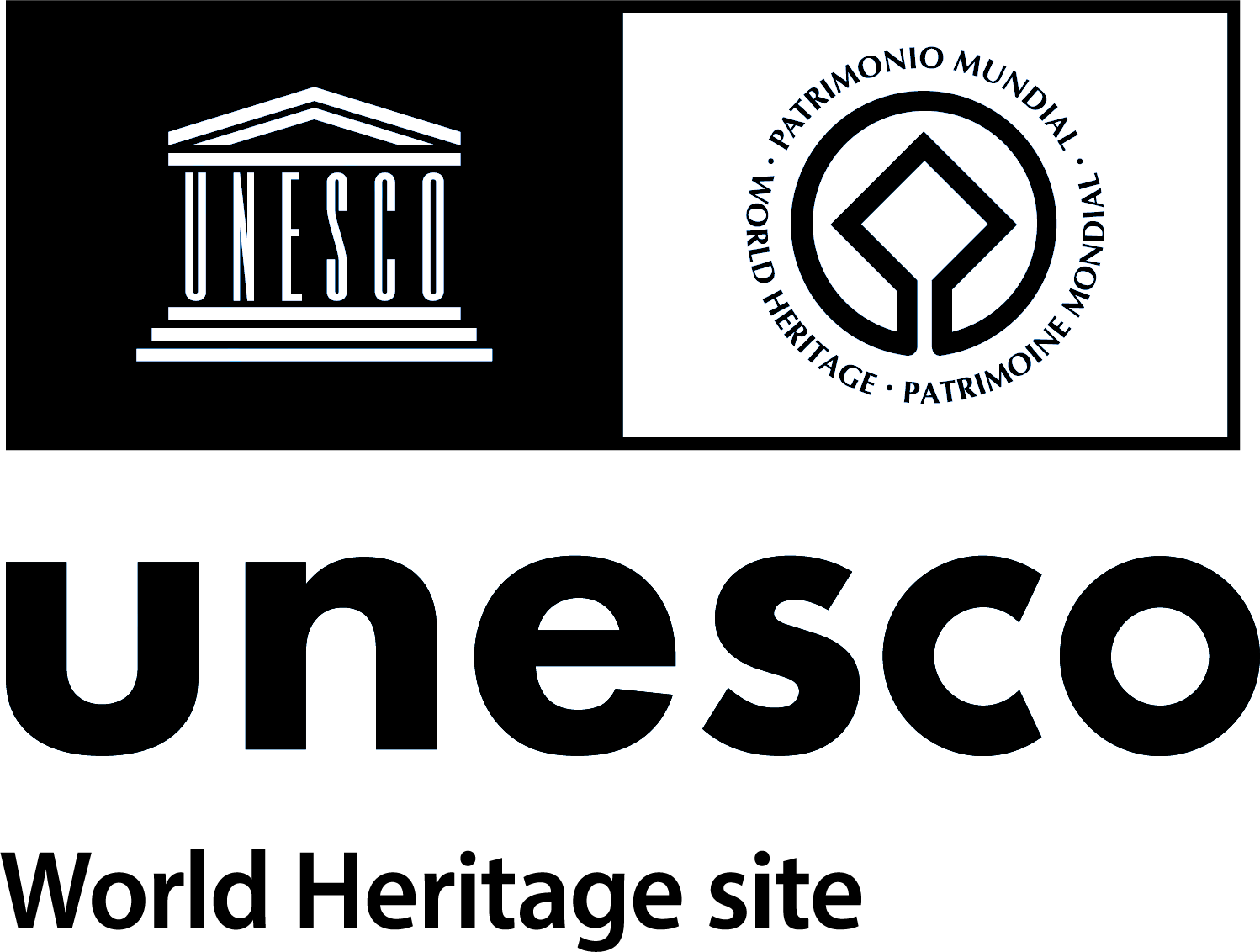Mediterranean palm
It is smaller than other ornamental palms grown in Italy and is therefore called "dwarf" palm. It has been known as Goethe’s Palm since the poet, after observing it in 1786, was inspired to describe his evolutionary theory in his "Essay on the Metamorphosis of Plants", published in 1790.

This species is common in parks and gardens where environmental conditions are suitable. It is smaller than other ornamental palms grown in Italy and is therefore called "dwarf" palm. It grows spontaneously along western Mediterranean coasts in degraded maquis, often in inaccessible areas which prevent its exploitation and destruction by man, who still uses its leaves to produce brooms, ropes and, in particular, African hair for padding. As Cicero reports, in ancient Sicily, before the introduction of wheat, palm buds were boiled and eaten (this tradition survives in Algeria), and the underground parts of the plant were ground to flour. It is the only surviving spontaneous palm in Europe. In the Tertiary (about 65 million years ago), southern Europe was covered by tropical vegetation, due to the completely different climatic conditions of those times.
The dwarf fan palm was planted in the Botanical Garden in 1585 and is currently its most ancient plant. It has been known as Goethe’s Palm since the poet, after observing it in 1786, was inspired to describe his evolutionary theory in his "Essay on the Metamorphosis of Plants", published in 1790. The particular characteristic of this plant that most attracted Goethe is its leaves: entire at the base, they develop venations halfway up the stalk and fray into fans of linear lacinia on the tips.
This particular fan palm grows in a special octagonal greenhouse, built in 1935 near the north gate, in the medicinal plant quarter, recalling the aspect of an earlier (1874) wooden greenhouse. This protective structure has enabled it to develop various stalks about 10 metres high, and was therefore known as Chamareops humilis L. var. arborescens (Pers.) Steud., a variety that is no longer included in modern flora. The greenhouse has been restored in September 2015, using modern materials and technical solutions but preserving its original features.






